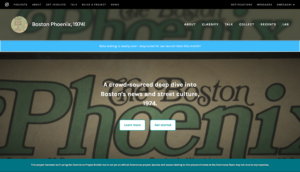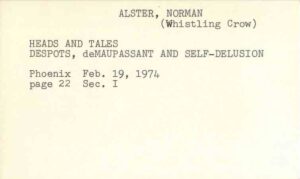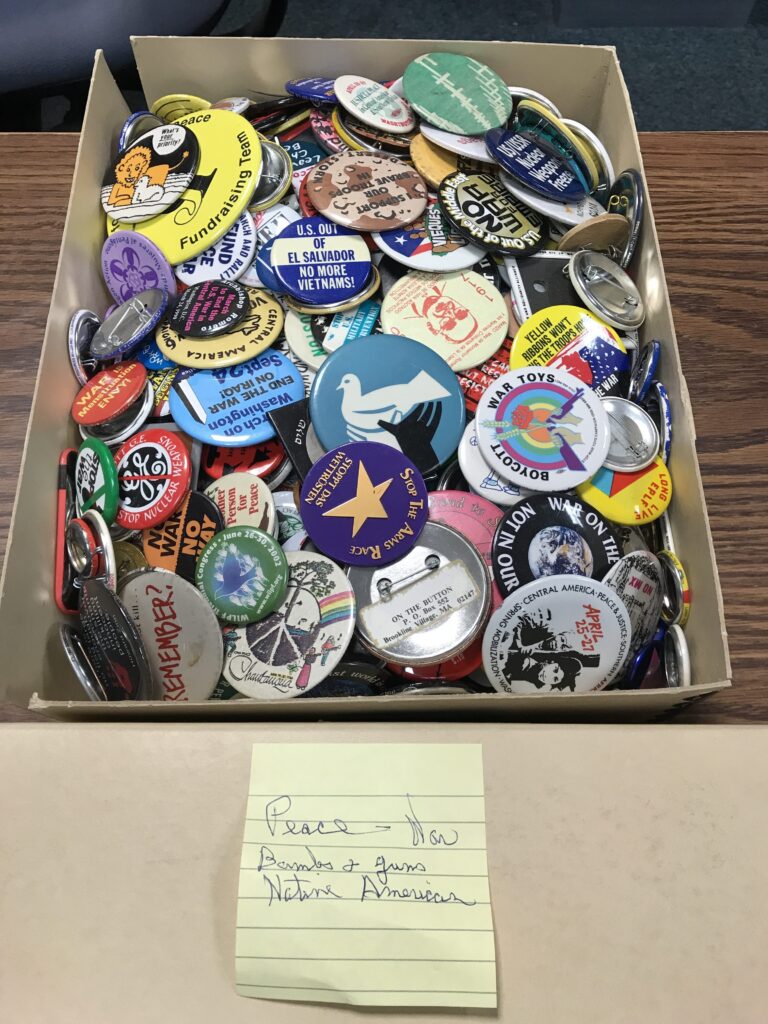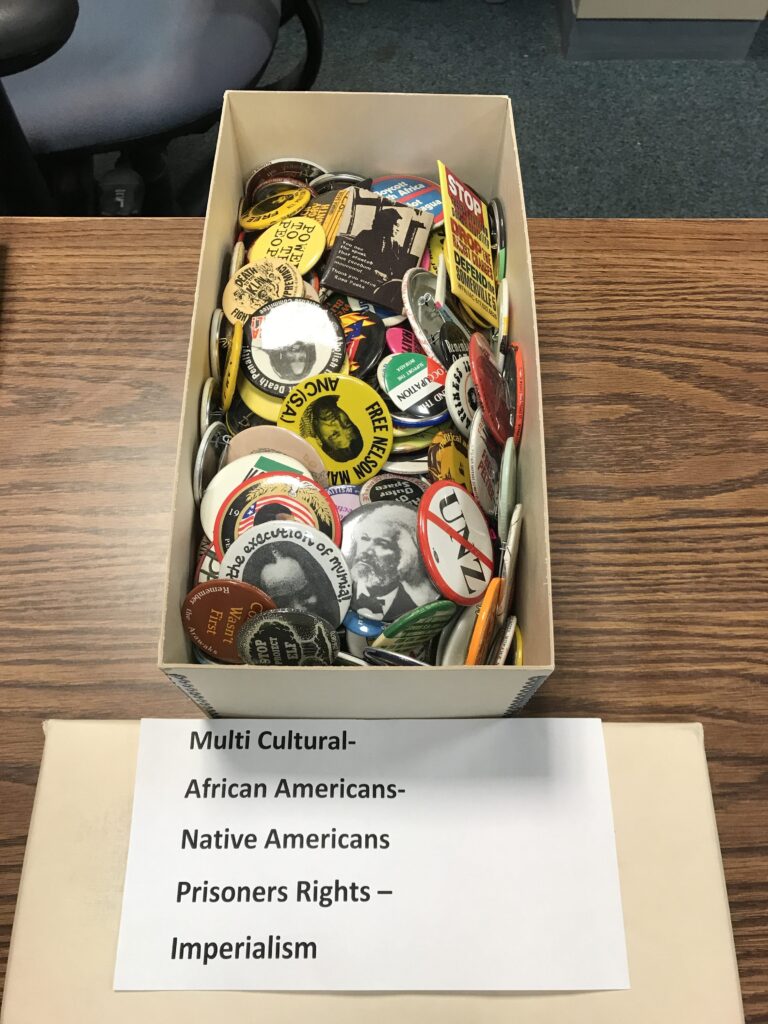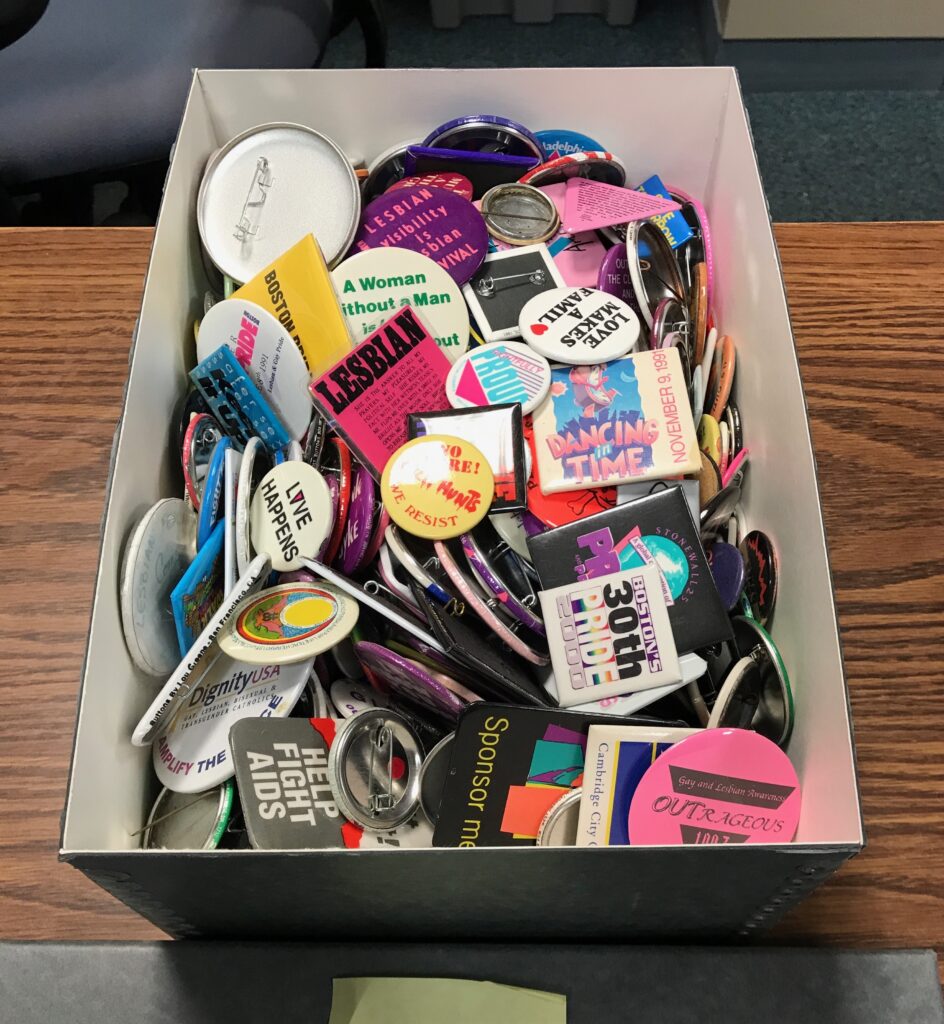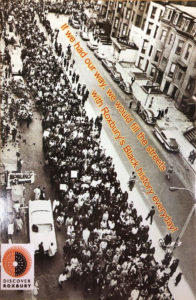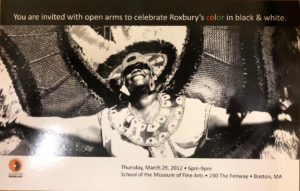Greenhouse Studios at UConn and NU Library receive Mellon Grant for Sourcery app work
The Northeastern University Library is excited to be involved in a partnership with Greenhouse Studios at the University of Connecticut to create Sourcery, a mobile application for sharing scans of archival materials. Greenhouse was recently awarded a $120,000 grant from The Andrew W. Mellon Foundation to support the continued development of Sourcery.
From Greenhouse Studios:
Launched in December 2019 by Greenhouse Studios, Sourcery is an open source, community-based mobile application that expands access to non-digitized archival sources. With the Sourcery app installed on a phone or laptop, a researcher seeking a document can simply type in the citation information, and the app will notify Sourcery-registered researchers currently working in and around the repository where the document sits. One of these remote researchers claims the job, calls the document from the archive, takes a picture of it from within the Sourcery application, and sends it directly to the requesting researcher. A custom, enterprise version of Sourcery, for use by archivists – especially during COVID-19-related library closures – will launch in late-summer 2020.
Funding from The Mellon Foundation will allow the Sourcery team to expand the geographical reach of the app, improve its user interface, and work with partners in libraries and archives to support the development of the enterprise version of the software. As a part of this effort, Northeastern University Library will host a virtual workshop series for institutional stakeholders in the fall of 2020, during which the team will solicit feedback and advice from stakeholders in the library and archives community.
Learn more about Sourcery and the grant here.
